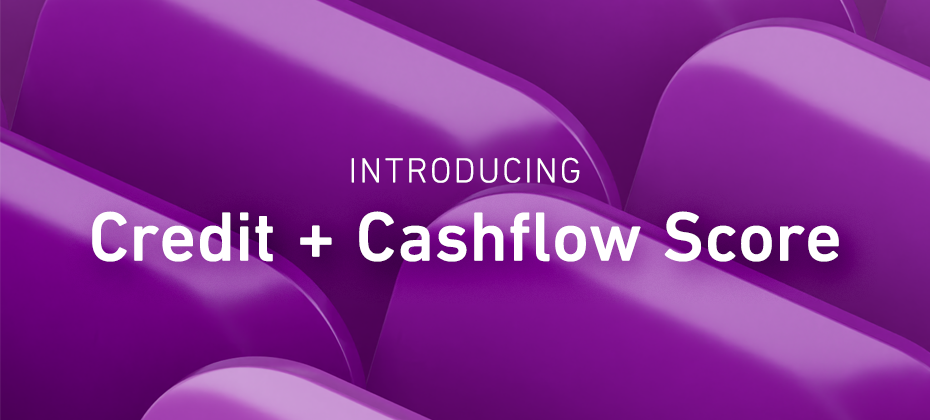
Many organizations remain committed to financial inclusion to create better outcomes for underrepresented consumers and small businesses by unlocking barriers to financial well-being and closing the wealth gap. Organizations like credit unions, Community Development Financial Institutions (CDFIs), and Minority Deposit Institutions (MDIs) live by these values. These lenders work hard to ensure these values are reflected in the products and services they offer and in how they attract and interact with customers.
While funding from the federal government is being scaled back for many of these community-based financial institutions, Experian is scaling up! We’re still here to support CDFIs, Credit Unions, and their members, along their financial inclusion journey.
The cross-walk between DEIB and financial inclusion
Although Diversity, Equity, Inclusion and Belonging (DEIB) and financial inclusion involve different strategies, there’s an undeniable connection that should ultimately be tied to a business’s overall goal and mission. The communities that are historically underrepresented and underpaid in the workforce – including Black Americans, Hispanic/Latinos, and rural white Americans – also tend to be marginalized by the established financial system.
Financial institutions that work to address the inequities within their organizations and promote financial inclusion may find that these efforts complement each other.
DEIB policies help promote and support individuals and groups regardless of their backgrounds or differences. While financial inclusion is less specific to a company or organization, instead it describes the strategic approach and efforts that allow people to affordably and readily access financial products, services, and systems.
The impact of financial inclusion
Lenders can promote financial inclusion in different ways. A bank can change the requirements or fees for one of its accounts to better align with the needs of people who are currently unbanked. Or it can offer a solution to help people who are credit invisible, or unscoreable by conventional credit scoring models, establish their credit files for the first time.
Financial institutions also use non-traditional data scoring to lend to applicants that conventional scoring models can’t score. By incorporating alternative credit data[1] (also known as expanded FCRA-regulated data) into their marketing and underwriting, lenders can expand their lending universe without taking on additional risk.
Financial inclusion efforts for all
Experian is a champion of financial inclusion by supporting both financial institutions and consumers. Through our Inclusion Forward – Experian Empowering Opportunities™ initiative, we work directly with lenders to reach underserved communities and extend greater credit access to consumers. We also offer various tools to help consumers build and understand their credit, and to help financial institutions reach underrepresented communities.
We provide individuals with everything from financial inclusion solutions to literacy education to insights about their own financial profile, along with ways to help underrepresented communities improve their financial wellness.*
One way that we are doing this is through our consumer programs called Experian Go® and Experian Boost® –that are available for free through the Experian app. These first-of-their-kind programs work together to help consumers improve their credit profile. Experian Go helps individuals establish a credit file, while Experian Boost assists with adding tradelines to an existing credit file. For example, with Experian Boost, individuals can connect positive payments to utility, rent, streaming services, and other accounts to improve their credit scores.
Membership with Experian helps consumers monitor their credit, manage their money, and find ways to save money, including shopping for insurance. In fact, consumers saved an average of $828 per year when they switched and saved through Experian Insurance Marketplace.[2]
Working together to create financial empowerment
There’s no magic solution to undoing the decades of policies and prejudices that have kept certain communities unable to fully access our financial and credit systems. But financial institutions like credit unions, CDFIs and MDIs take steps every day to drive financial inclusion and help underrepresented communities. These values are a part of their business DNA, and Experian is here to help keep their legacy alive.
Whether you’ve established your strategy or need help with implementation, we can help you enhance your financial inclusion efforts. Learn more about our helpful solutions. Experian will point you in the right direction to business growth.
[1] Using Alternative Credit Data for Credit Underwriting.
[2] Experian research.
*Experian Boost: Results will vary. Not all payments are boost-eligible. Some users may not receive an improved score or approval odds. Not all lenders use Experian credit files, and not all lenders use scores impacted by Experian Boost. Learn more.


